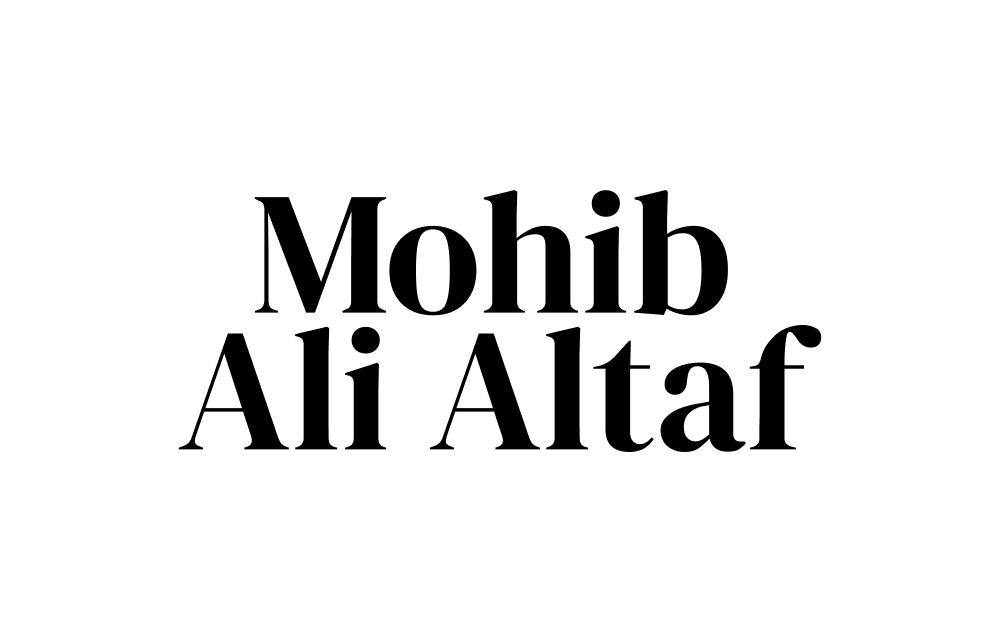With the launch of Sites, Make, Buzz, and Draw, Figma now supports every stage of the creative process, from the first idea to the final launch. These new tools make it possible for designers to go beyond just visual work. We can now build live websites, generate prototypes with AI, manage marketing assets, and create illustrations. All in one place, without leaving the Figma environment. While all of these new features are still in beta and need improvements.
As someone who used Adobe tools for years, I can say Figma has already replaced most of them for me. I stopped using Illustrator a long time ago because I could do almost everything I needed in Figma. Now with Figma Draw, there’s no reason for me to go back. Since Figma is cloud-based, I don’t worry about my device crashing or losing my files. I’ve experienced that with Adobe apps before, where performance depended heavily on hardware specs.
One of the biggest advantages of Figma is how everything works in one place. With Adobe, you need to install and switch between different apps. That slows down the workflow and adds complexity. In Figma, I can design interfaces, draw illustrations, prototype, and even publish live websites, all from the same window. This all in one approach makes the creative process smoother and much more efficient.
What’s even more exciting is how Figma is expanding beyond just designers and developers. With tools like Buzz for marketing and Sites for publishing, it’s becoming useful for copywriters, marketers, and even founders. It’s clear that Figma is building a multi disciplinary ecosystem where different teams can work together more easily.
The only thing Figma might be missing now is its own messaging system or team chat app, something like Slack built right into the platform. Imagine brainstorming, designing, prototyping, and discussing feedback all in one place, without switching tabs. At this point, if Figma adds team communication features, it could seriously become the central hub for product teams, not just replacing Adobe, but even challenging how we use tools like Slack and Notion.




